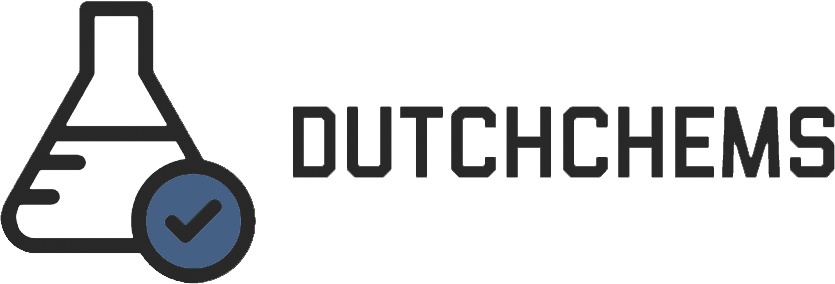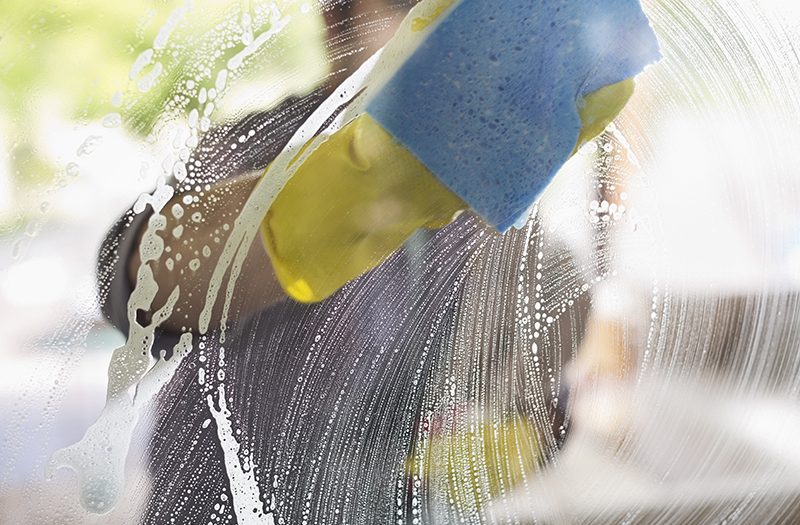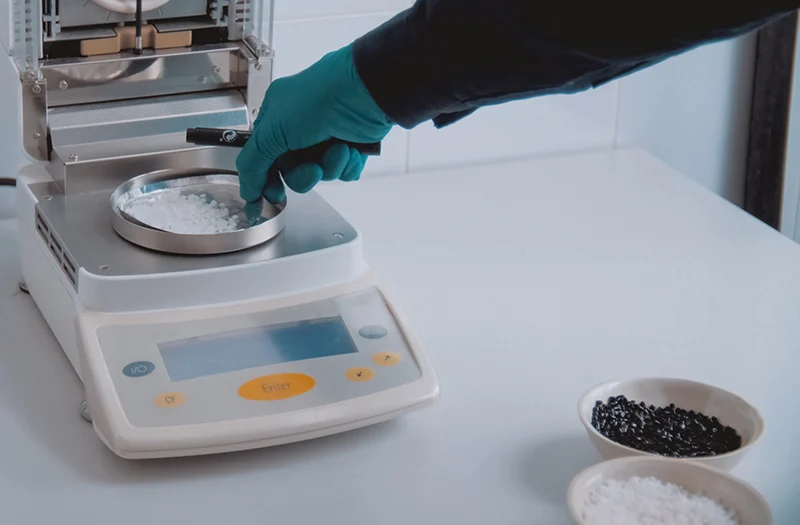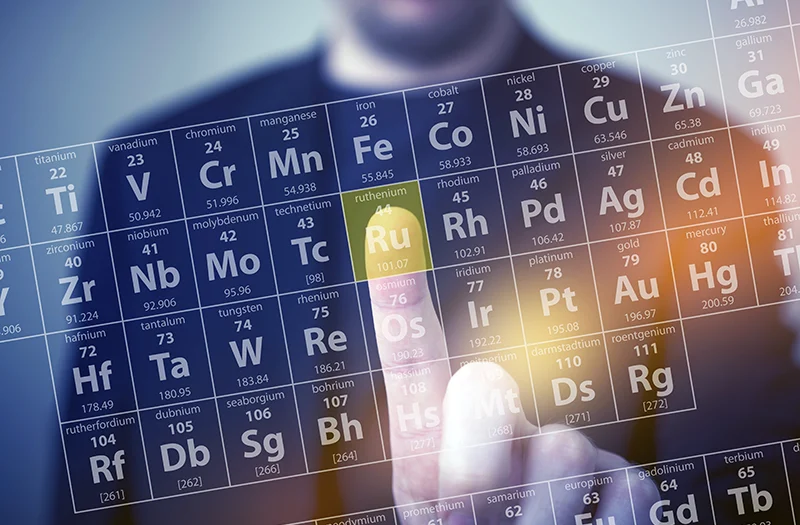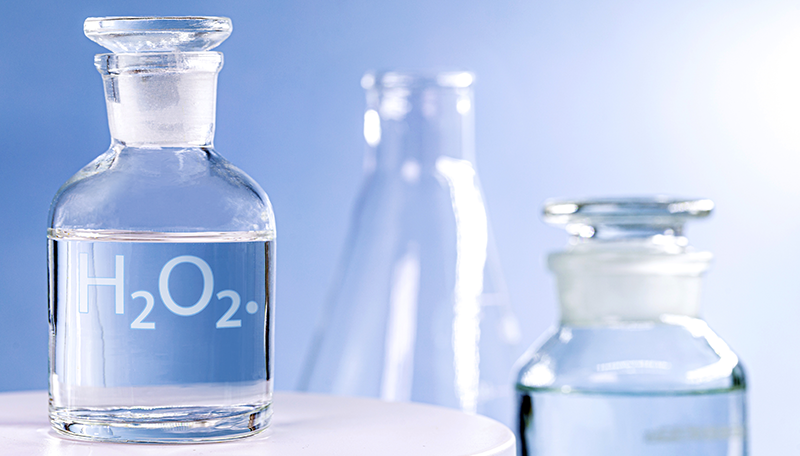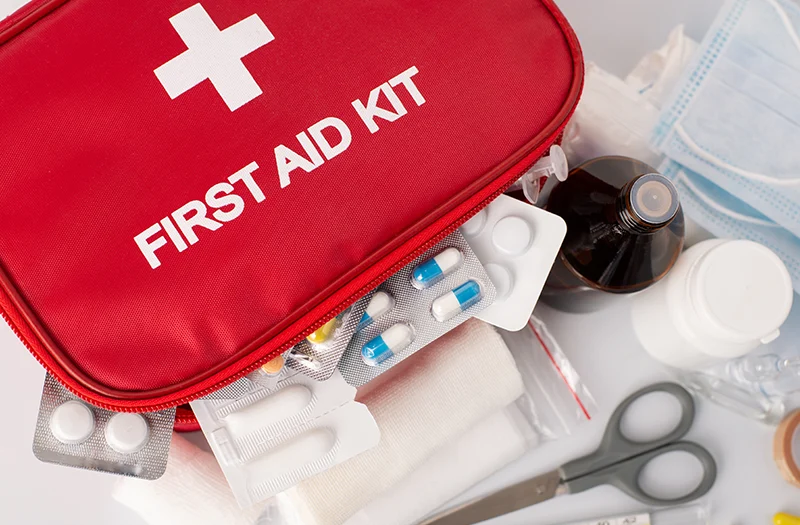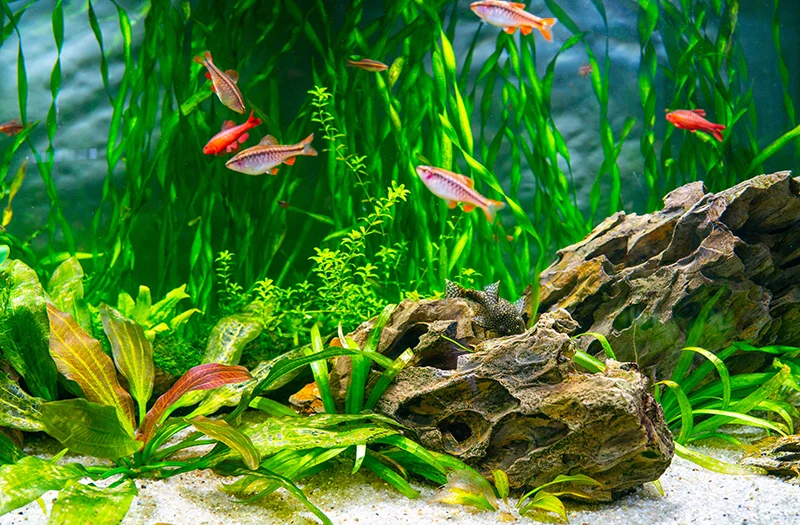Clean with Ammonia
This article provides a comprehensive guide to using ammonia as a cleaning agent safely and effectively. It explains how to make a cleaning solution by adding ammonia to hot water, emphasizes the importance of safety measures such as ventilation and protective clothing, and warns of the dangers of mixing ammonia with bleach, which produces toxic gases. Furthermore, the difference between ammonia (solution) and ammonia (gas) is explained, and the risks of ammonia gas are highlighted. The article is an essential resource for anyone looking to clean with ammonia safely.
